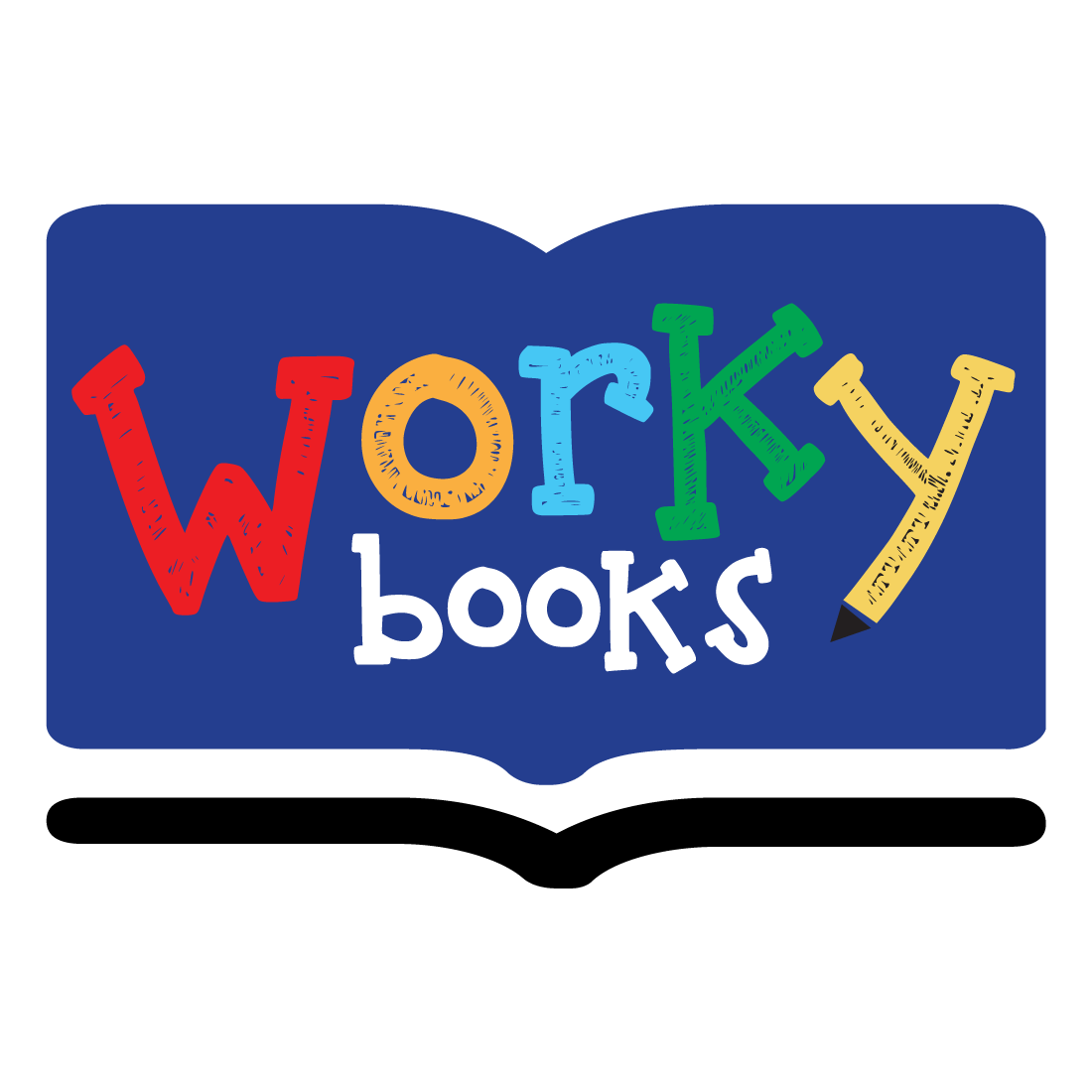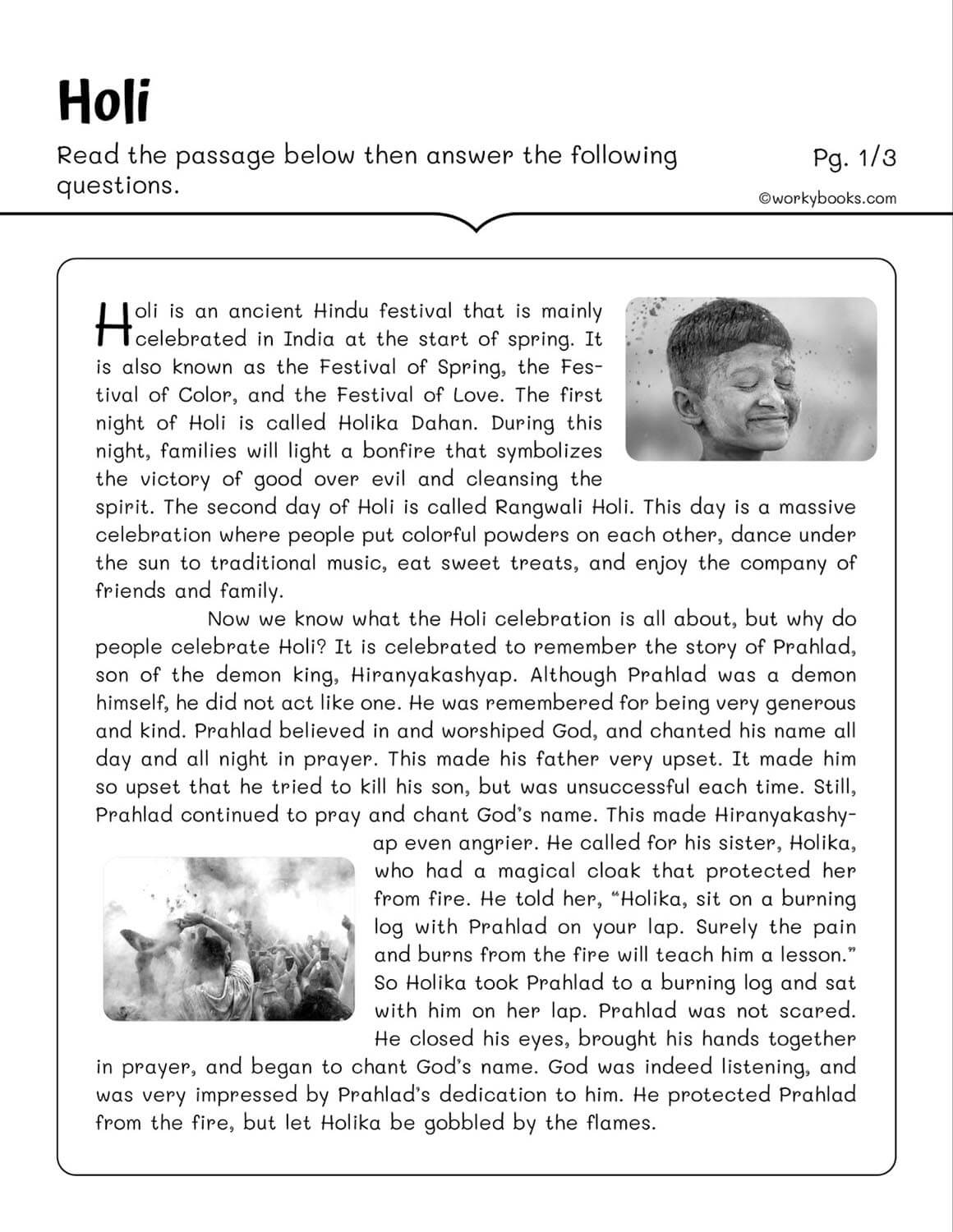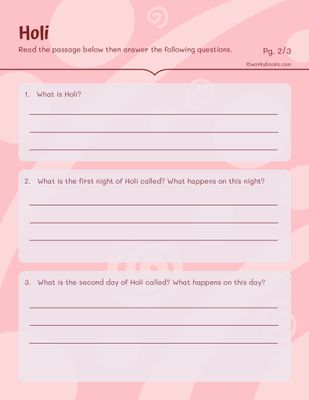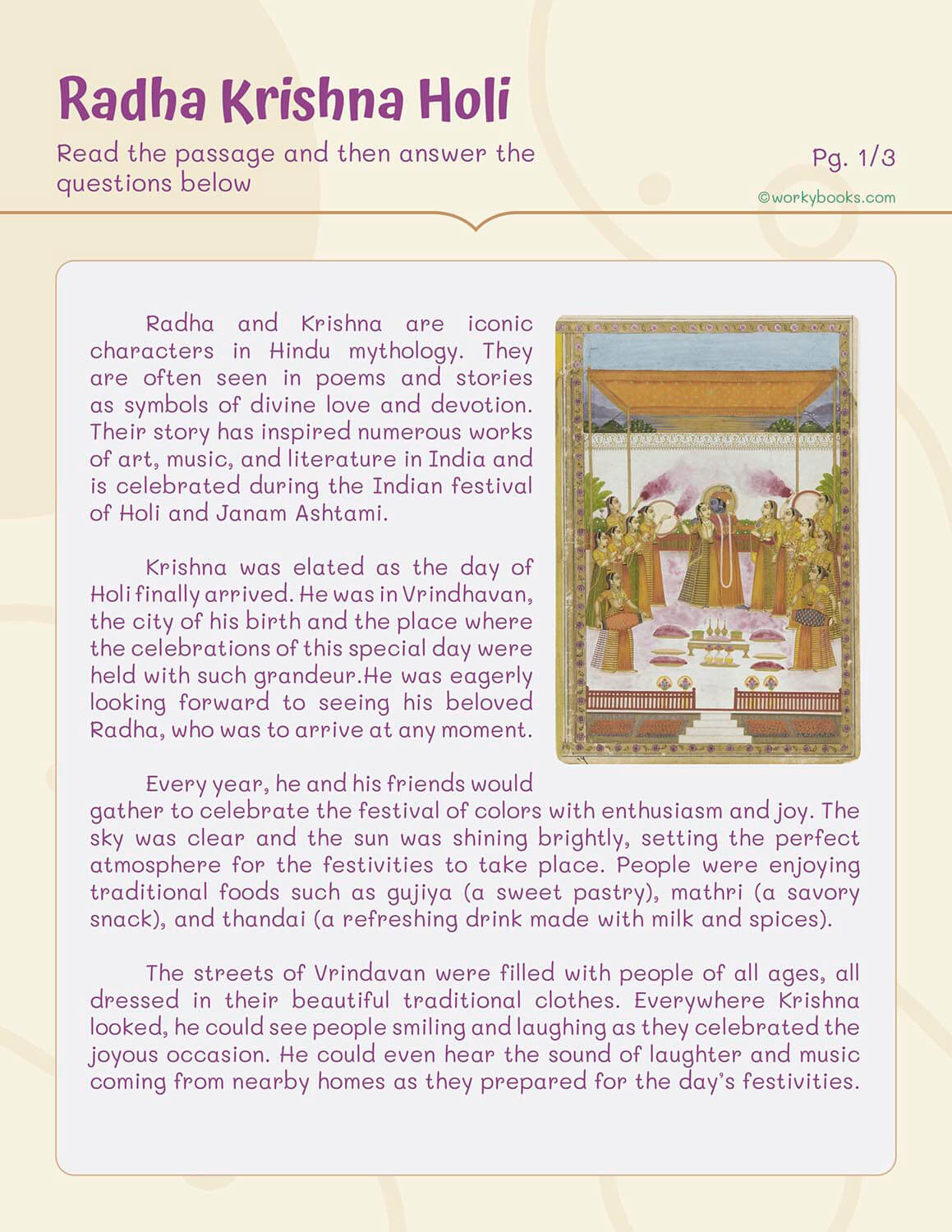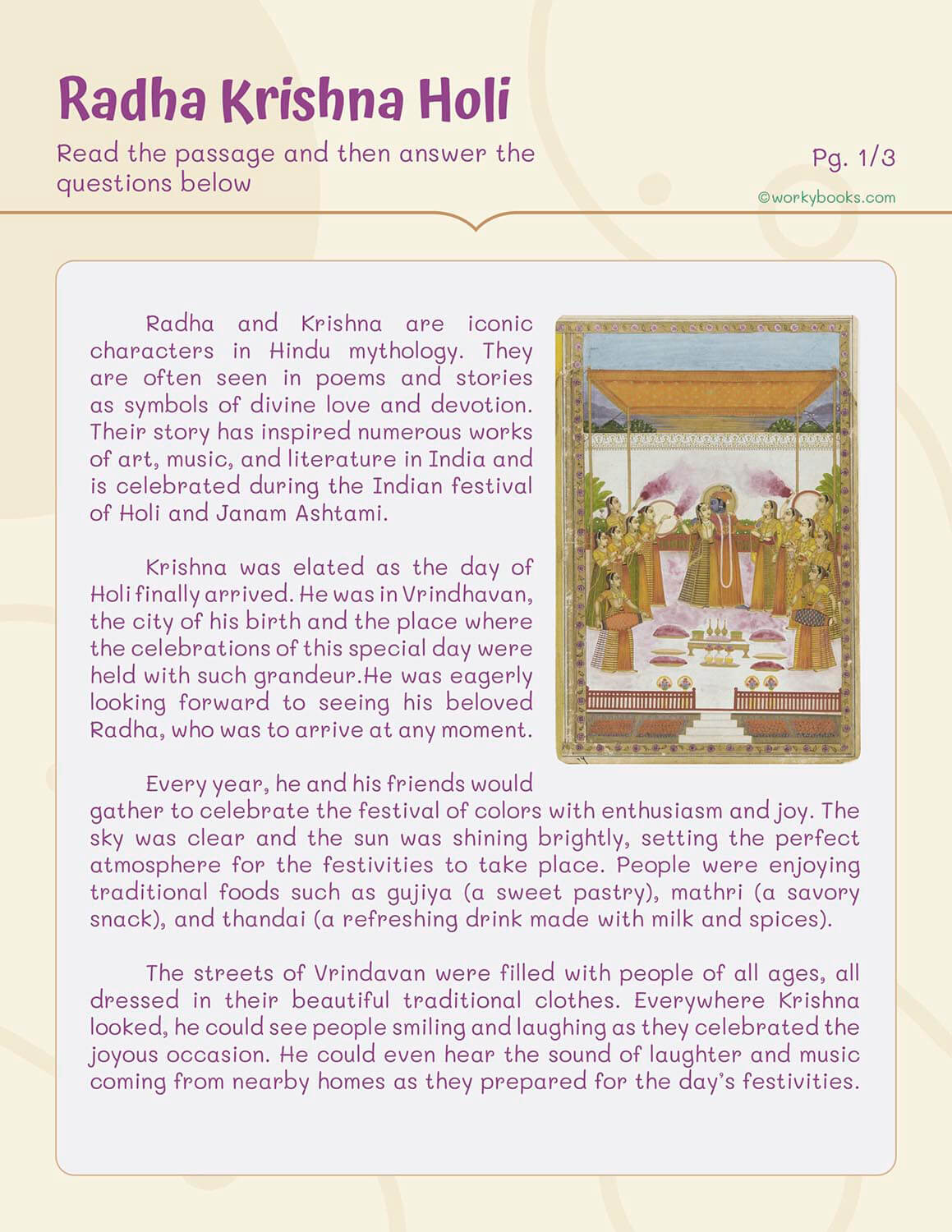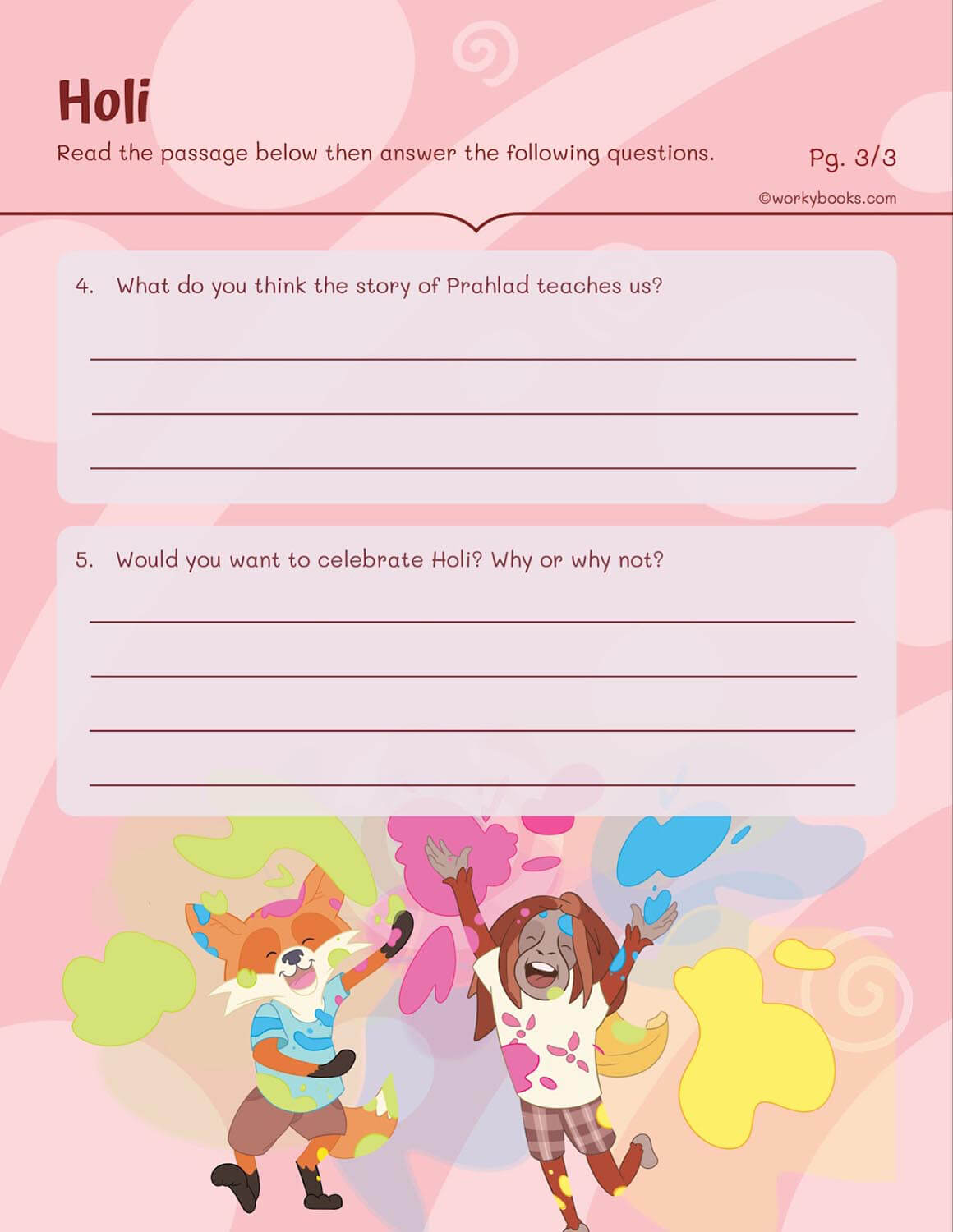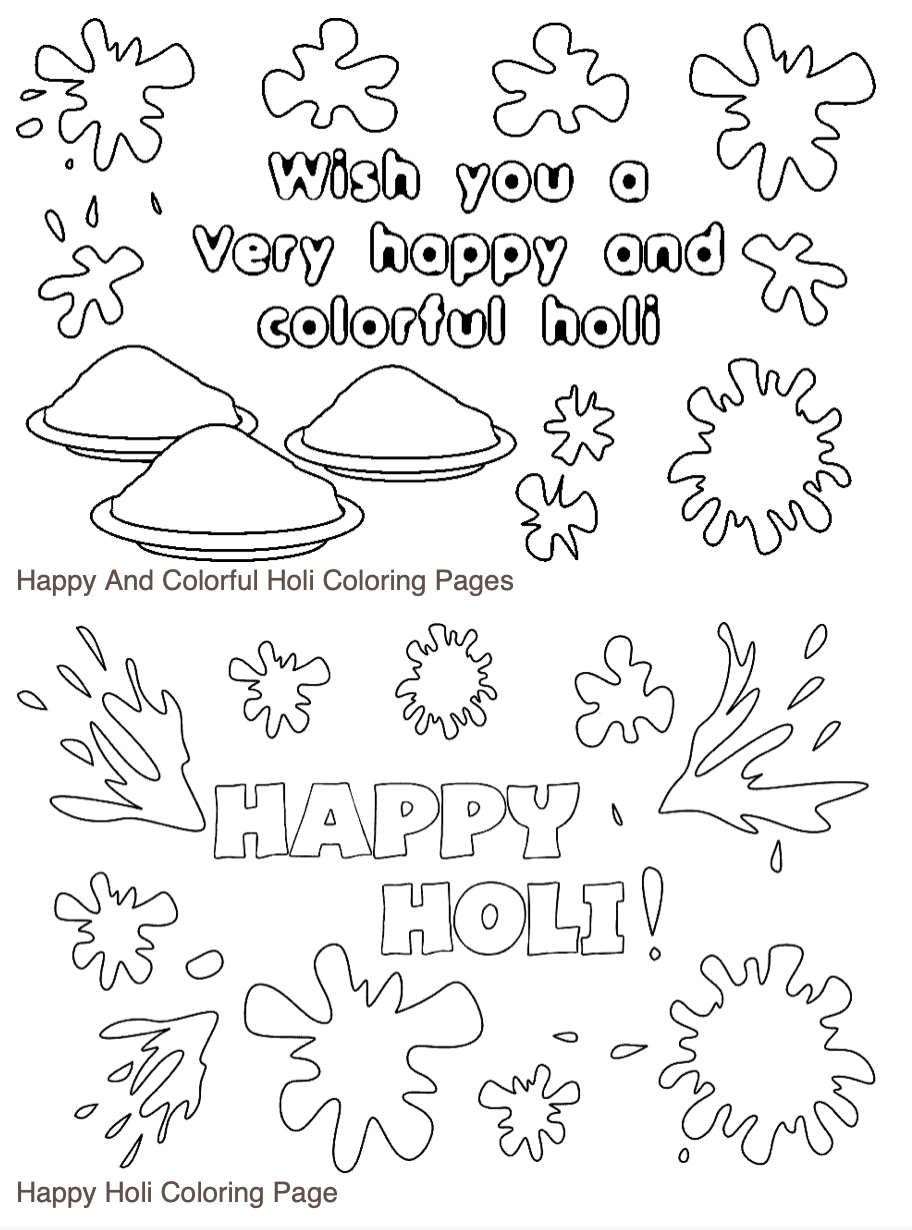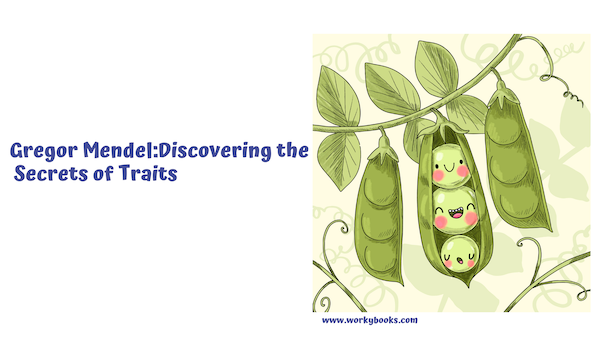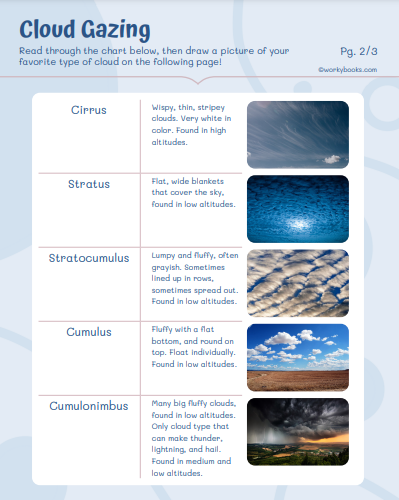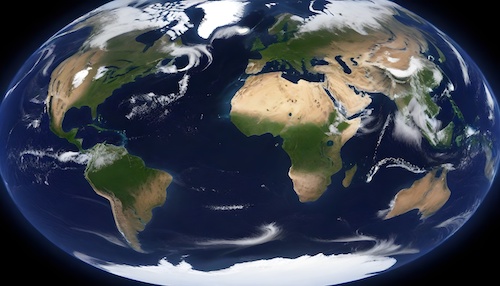Bring the Colors of Holi into Your Classroom with Workybooks

Holi is a fun and colorful festival that is celebrated in India.
It is also known as the festival of colors, as people throw colored powder and water at each other to celebrate the occasion. Like some other festivals in India, the date of Holi also varies every year.
Holi Storytelling: You can tell the kids the story of Holi and its significance.
This will help them understand the cultural and historical context of the festival. You can also encourage the kids to share their own stories and experiences of celebrating Holi.
Holi, like all other Indian festivals, also has its fair share of mythological significance. According to mythology, the festival is known as Holi, owing to the legend of ‘Holika’.Holi has many legends and stories associated with it. One popular legend is about a prince named Prahlad, who was a devotee of Lord Vishnu. His father, the king, did not like this and tried to kill him. But Prahlad was saved by Lord Vishnu, and his evil aunt Holika was destroyed. To celebrate this victory of good over evil, people light bonfires the night before Holi, called Holika Dahan. You can access including reading comprehension worksheet on Holi from Workybooks Digital library.
Traditional Food on Holi festival
During Holi, people throw brightly colored powders and water at each other. Holi is a time to celebrate with friends and family and enjoy some delicious food.
Popular foods that are enjoyed during Holi:
- Gujiya – Gujiya is a sweet dumpling filled with a mixture of khoya (dried milk), grated coconut, and dry fruits. The dumplings are deep-fried until golden brown and then dipped in syrup to give them a sweet and sticky coating.Gujiya is a must-have during Holi and is enjoyed by everyone.
- Dahi Bhalla – Dahi Bhalla is a popular snack that is made by soaking deep-fried lentil balls in creamy yogurt and garnishing them with tamarind chutney, green chutney, and spices.
- Thandai – Thandai is a refreshing drink made with a blend of milk, nuts, and spices. It is a popular beverage during Holi.
- Papri Chaat – Papri Chaat is a mouth-watering street food made with crispy fried dough wafers, boiled potatoes, chickpeas, and a variety of chutneys and spices.
- Samosas – Samosas are a popular snack in India, and they are often served during Holi. These triangular-shaped pastries are filled with a mixture of spiced potatoes, peas, and sometimes meat, and are deep-fried until crispy and golden brown.
- Kachori – Kachori is a deep-fried snack that is similar to a samosa but has a different shape and filling. Kachoris are filled with spiced lentils or potatoes and are often served with tamarind or mint chutney.
- Pakoras – Pakoras are a popular Holi delicacy made with a mixture of besan (gram flour), potato and spices. The mixture is shaped into balls and deep-fried until crispy and golden brown.
Traditional celebrations on Holi festival
Traditional celebration during the Holi festival involves recreating the playful interactions between the Hindu deities Radha and Krishna, who are associated with love and devotion.
Why is Holi called the festival of colors?
Holi is called the Festival of Colors because of the colorful traditions and celebrations associated with it. Holi brings people of all ages, castes, and religions together. Holi involves the tradition of throwing and smearing colored powders, also known as “gulal,” on friends and family members. The use of colors during Holi symbolizes the arrival of spring and the blossoming of new beginnings. It is a time of renewal, rejuvenation, and forgiveness.
Fun coloring activity to celebrate Holi in class.
To celebrate Holi with kids in class, you can introduce a coloring activity. Coloring is a great way for kids to express their creativity and have fun while learning about different colors. You can provide the kids with Holi-themed coloring sheets that feature images of traditional Holi celebrations.
Holi Dance Party: You can organize a Holi-themed dance party in class. You can play traditional Holi songs and encourage the kids to dance and have fun. This is a great way to celebrate the festival in a lively and festive atmosphere.
When is the Holi festival celebrated?
The date of Holi is not fixed because it is determined by the Hindu calendar, which is based on the cycles of the moon.
A lunar month is about 29.5 days long, which is shorter than a solar month, which is about 30-31 days long. Because of this, the lunar calendar falls behind the solar calendar by about 11 days every year. As a result, the dates of Hindu festivals, including Holi, shift by about 11 days each year in relation to the calendar used in the Western world.
Holi is celebrated on the full moon day in the month of Phalguna, which usually falls in March or early April each year. In some parts of India, Holi is celebrated on the day before or after the full moon day.
Holi is a time to come together, spread joy and happiness. It’s a festival that is loved by children and adults alike, and it’s a great way to celebrate the arrival of spring and the beauty of life.
We wish you a Happy Holi from Workybooks!
Sign up for accessing these worksheets for free!
